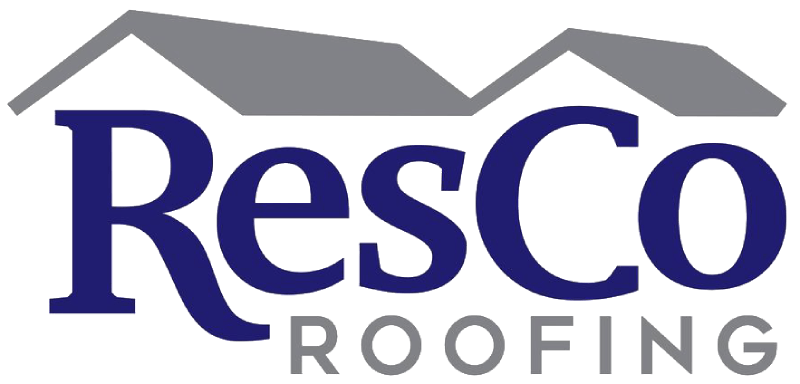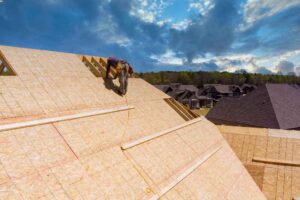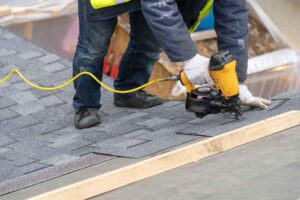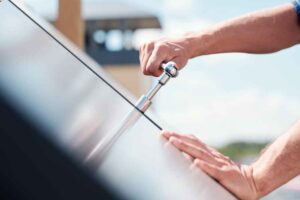The Importance of a Roof Inspection
A roof is one of the most important parts of your home. It protects your investment and helps to keep you comfortable. A professional roof inspection company can look at a roof from the ground to see if there are any signs of sagging or an uneven structure. They will also check for proper ventilation and condition of flashing and gutters.
Signs of Deterioration
A thorough roof inspection includes a structural examination, checking the integrity of the roof planes, examining the soffit and fascia for damage, and inspecting all vent pipes, chimneys, and skylights for proper flashing. The inspector should also look for problems in the workmanship that can increase the risk of leaks, such as failing to install adequate underlayment or failing to properly fasten or overlap shingles.
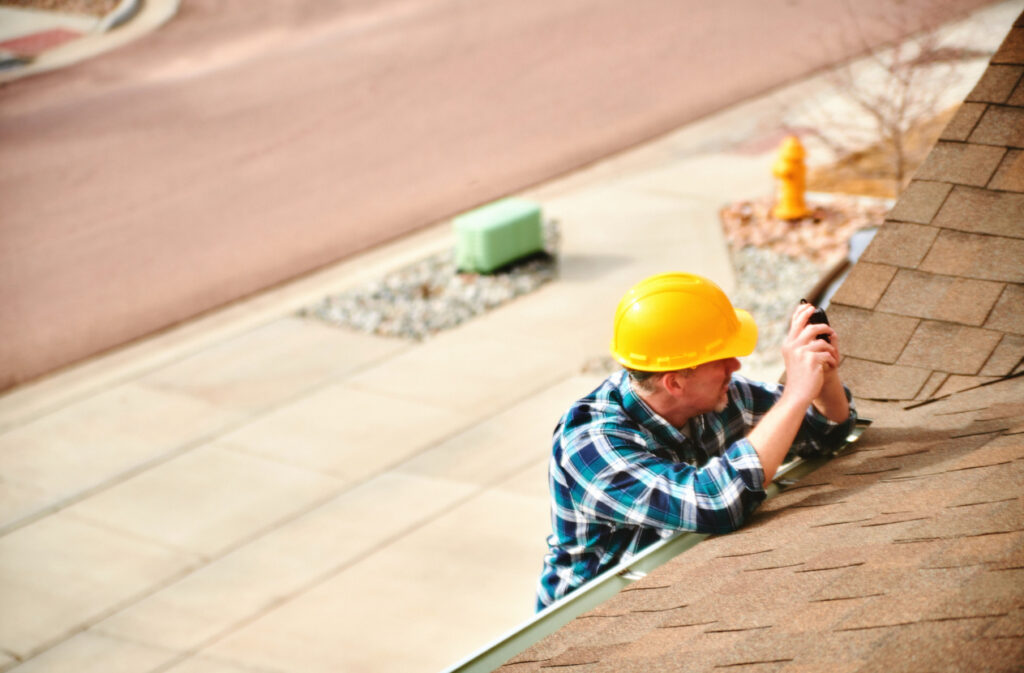
If you have a shingle roof, the inspector should check for deterioration by looking for loose, chipped, cracked, or missing shingles from both the ground and from a ladder (don’t walk on a shingle or wood shake roof). A sagging or drooping roof is another sign of trouble.
A roof can deteriorate over time without significant events, so regular inspections are important. Getting your roof inspected after any major storm can help prevent damage and save money by making repairs before the problem gets worse. Homeowners may also want to get their roof inspected if they’re considering selling their house, as a clean bill of health can improve the value and curb appeal of a property.
Damaged Shingles
It’s no secret that a roof is an essential part of your home. It protects you from freezing winters, scorching summers, wind, hail, and more.
If you have a missing shingle, it can cause water to leak into your house. This can lead to mold, rot, and damage to your ceilings and walls. It can even cause a loss in your property value.
A professional will check your shingles for signs of damage and will repair any that are damaged or missing. He will also check the attic and interior of your home for leaks and moisture problems. He will look for gable, soffit, and ridge vents; gas, oil, or wood stove chimneys; and the integrity of the flashing that lines your roof. He will also inspect the gutters and downspouts for clogs or damage. He will also check the condition of the surrounding trees and plants for issues that could impact your roof or home.
Leaks
Your roof is much more than just shelter – it’s also an entire working system that sheds rain, keeps wind and snow out, and allows air to circulate. It’s no wonder that over time, it can become damaged or leaky.
Leaks are a common problem with roofs and can be difficult to pinpoint. They often occur near items that penetrate the roof, such as plumbing vents, dormers, roof vents or chimneys. A roof inspector will examine the conditions of these penetrations, including the boots or seals that keep water out.
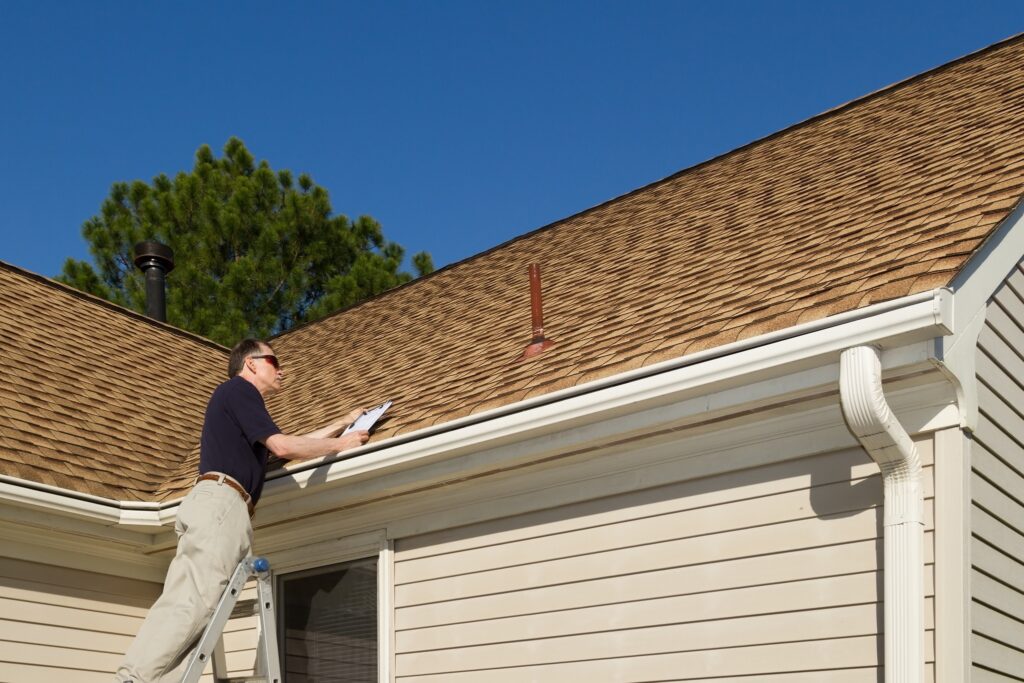
If you suspect a leak, have a friend or family member watch in the attic while you get on the roof with a garden hose. Start soaking low, just above where you see water stains inside your house, and work your way uphill. When the leaking stops, you’ve found the source of the leak. Your inspector will also check the condition of your gutters, fascia, and soffit.
Mold
Mold is a type of fungus that grows both indoors and outdoors. It spreads by tiny spores that float in the air and land on surfaces where moisture is present, such as damp soil or dead plants. When a spore finds a surface that has the food it needs (such as organic debris or cellulose, such as wood and paper) and the proper conditions for growth, it will form a new mold colony.
A roof inspection can catch problems such as cracked or missing asphalt shingles, damaged flashing and clogged gutters that lead to leaks, mildew, and mold. When these issues are fixed before they escalate, a roof’s lifespan can be extended.
